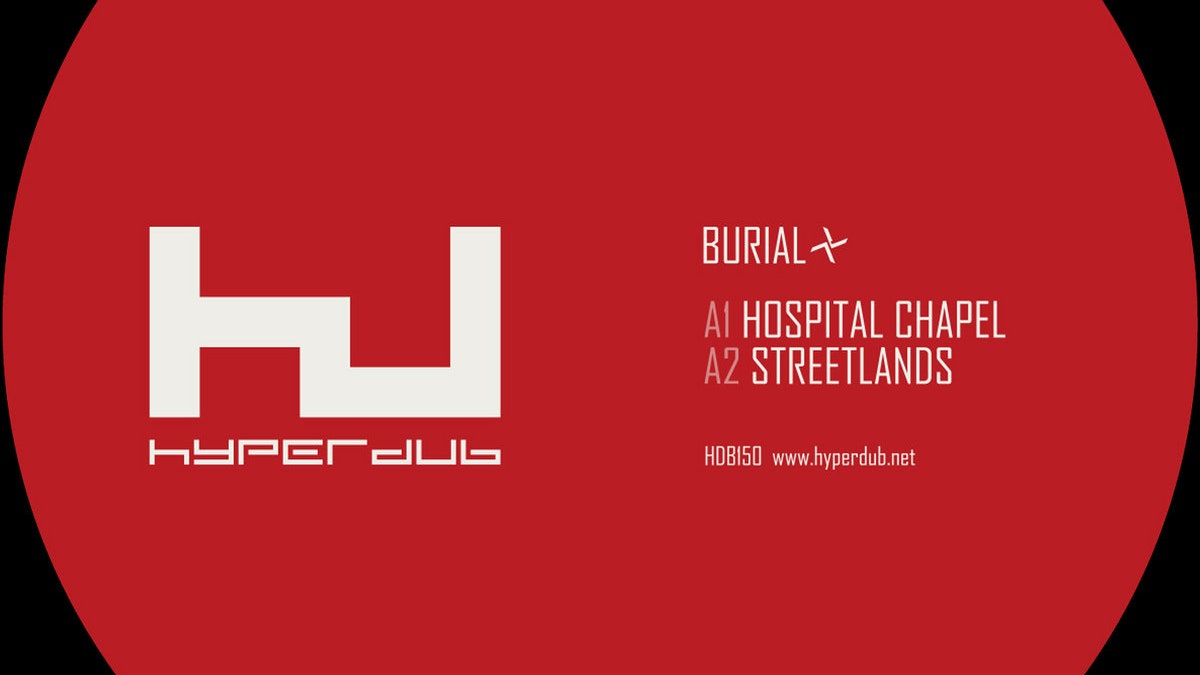
While Burial’s music may be famous for its foggy atmospheres and occasional ambient interludes, its off-grid kicks and resampled snares are what make it tick. As a schoolboy, he’d get kicked out of class for drumming on the desk. His self-titled debut album and 2007 follow-up, Untrue, were suffused with the swinging rhythms of jungle and garage. Later output revealed his love of trance music, with its chuggy, thudding kicks, while collaborations with Four Tet and Thom Yorke introduced a wafty house patter to his grayscale textures. Late in 2020, “Chemz” pinned eyelids back with acid stabs and crushed breakbeats. This obsession with percussion made January’s five-track Antidawn EP all the more surprising for its lack of drums—or, really, any rhythm at all.
Streetlands, which arrived unannounced last week, tugs at that same thread, proceeding beatless for three tracks totaling more than half an hour. His trademark re-pitched R&B hooks are also gone. Stripped of the textures that ground Burial’s music however obliquely in clubs or on South London night buses, Streetlands is more evocative of the digital, imagined lands that leak into his music via Metal Gear Solid, StarCraft and Silent Hill samples.
Where Burial’s early records could be interpreted as capturing his corner of London through a lens of sci-fi and soundsystem culture (music critic Simon Reynolds has drawn parallels between Burial and J.G. Ballard’s The Drowned World), Streetlands is less grounded in concrete and the contained chaos of the city. Instead it drifts, generatively, like rolling vistas in a video game, into untrodden environments of its own making—less future dystopia and more unexplored present possibility. Here, the familiar shrinkwrap of hisses, pops, and crackles is about all that ties the music to his habitually claustrophobic world; instead, Streetlands offers open plains of stretched choir and luminescent strings.
Chimes hang in vaulted ceilings. The Flatliners sample—“There’s something out there”—that opens “Streetlands” is shorn of the fearful sense the same words carried on “Loner,” imbued here with something more hopeful, merely tinged with trepidation. “Hospital Chapel” builds on a swelling choral loop, like whale song, that reveals more at every turn. A reversed, tightly wound vocal on the title track takes on an alien quality, not just in its indecipherability but because for how loudly and starkly it pierces the mix, streaking in like a call intercepted from another galaxy—or, in more traditional Burial lore, a pirate radio station cutting through the frequencies. The overall effect is immersive and uncanny, but ultimately lacks the emotional hooks required to pull you all the way in.